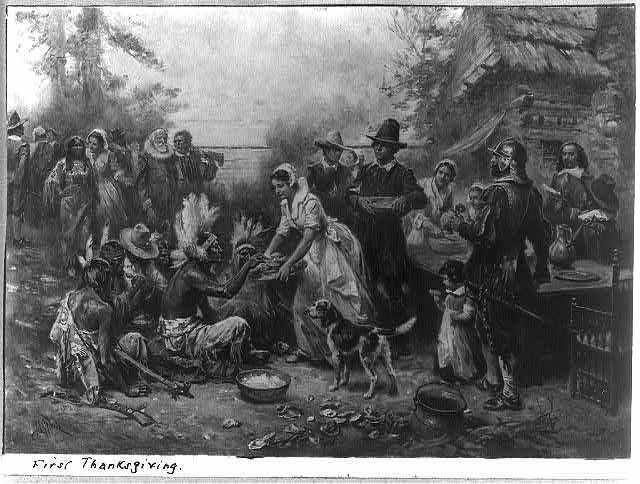At last, performance assessments that engage students, focus on specific meaningful learning goals, and provide effective support tools for implementation! Beyond the Bubble: A New Generation of History Assessments is indispensable for every secondary history classroom.
The site is jam-packed with powerful tools.
Ten assessments range in topic from the Civil War to the Civil Rights Movement. All feature primary sources from the Library of Congress Teaching with Primary Sources program–which funded work on the site. Each assessment addresses specific standards of the Common Core State Standards. Each also clearly teaches one or more key skills for assessing primary sources, well-explained on the Stanford History Education Group's (SHEG) Historical Thinking Matters site.
Each skill is further demonstrated with half a dozen additional assessments on a variety of topics. Thus a teacher can vary and repeat assessments to evaluate and reinforce the skills.
Assignments are complex enough both to be interesting and to require effort and thought. Yet their structure and execution are simple and clean enough to be useful.
Each of the ten Core Assessments also features, a) a detailed explanation of how and why it works, including an example of student work, b) a detailed rubric anchored by several further examples of student work. This combination of explicit, leveled information keyed to student work is the gold standard for such tools. Both teacher and student can see exactly what is meant by basic, emergent, or proficient performance.
The site benefits from the research and meticulous attention to detail typical of Sam Wineburg and his colleagues and graduate students at Stanford. Brief, attractive videos explain how the site works and suggest tips for successful implementation. The "Approach" page details the thinking and development process used to create the tools. Note that all assessments went through multi-phase piloting with real students.
Beyond the Bubble's Assessment Design Principles:
- • Good assessments balance knowledge of content and historical thinking. • Good assessments ask students to apply content knowledge rather than reproduce it. • Good assessments ask students to consider content in ways that require thought, judgment, and deep understanding.
Emerging America adds to these an informal design principle: Solid assessments are worth a students' time in their own right. i.e. Students will enjoy and learn from the assessment. This site thoroughly meets that principle also.
There is just one significant limitation to Beyond the Bubble: it includes grades 6-12 assessments only. (And OK, the site name is silly. Yet I ADORE the silly cartoon picture and video of George Washington. So go figure.)
Nice work SHEG. Keep on lighting the way!
Learn more about Inquiry Based Instruction and useful tools for assessment from Emerging America and the Library of Congress Teaching with Primary Sources Program.




